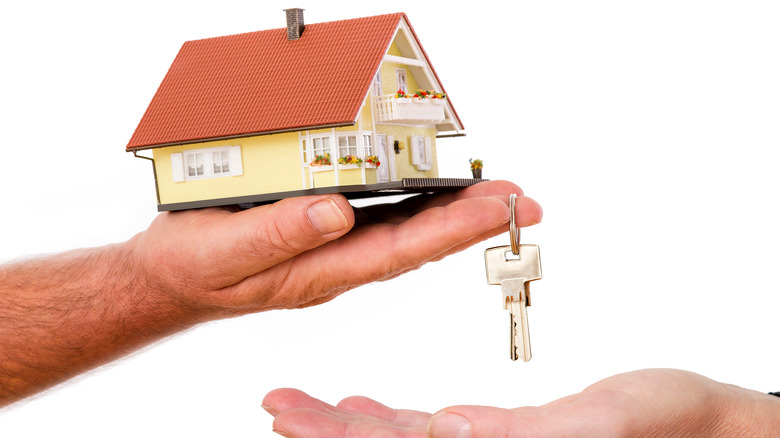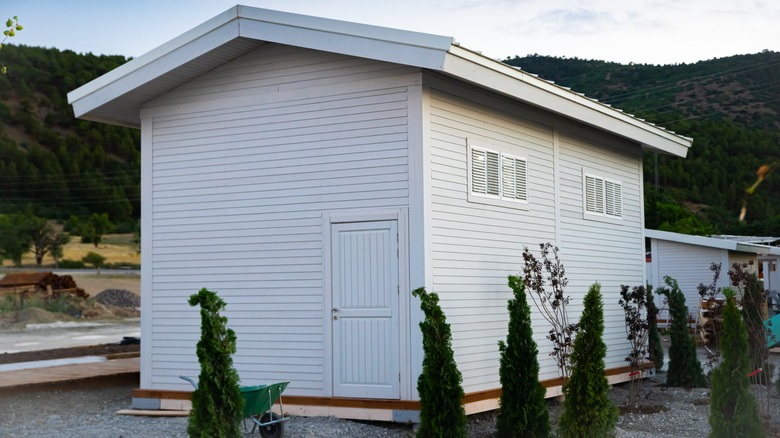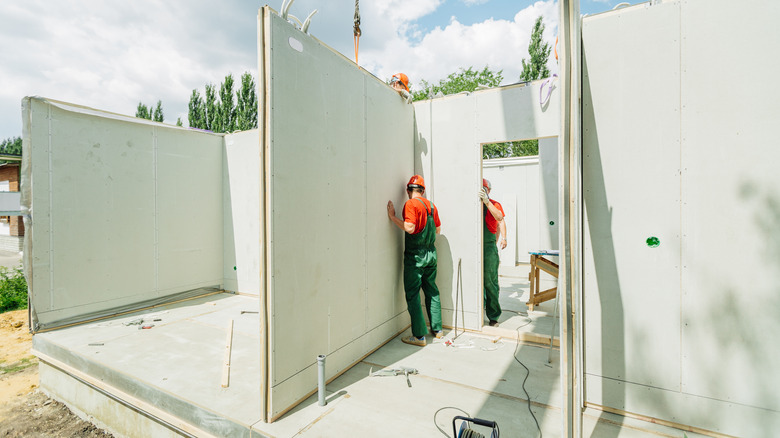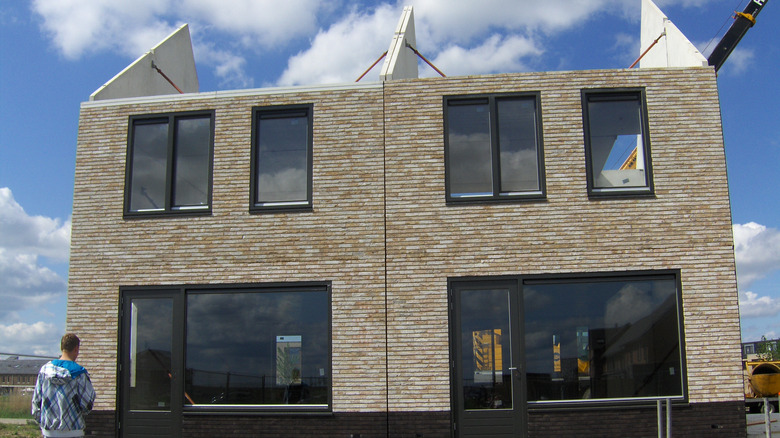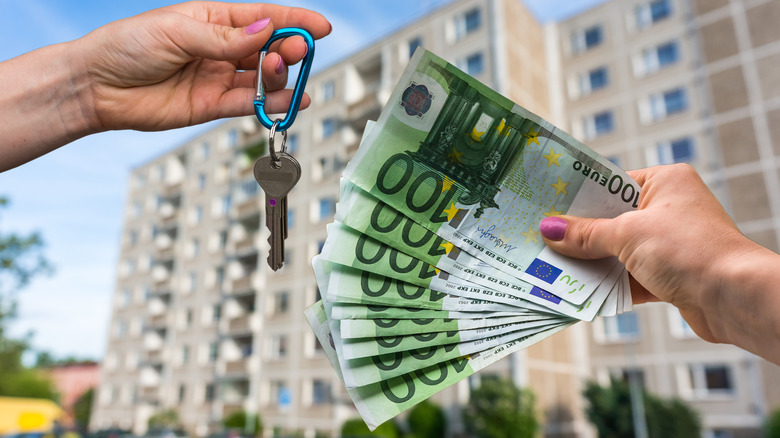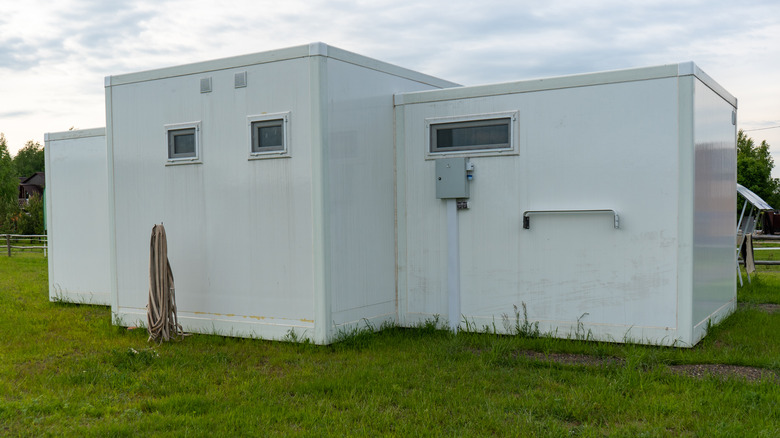Everything You Need To Know About Kit Homes
It's probably about that time you're buying a home. It's an exciting time because there is so much that goes into a new house, like decor, gardening, styling, and maintenance. However, for the new intending homeowner, it's quite easy to get overwhelmed with the tons of terms that are considered normal lingo of the construction industry. You've probably heard of modular, prefab, or traditional homes, but what does it all mean?
Does buying a new home seem overwhelming? Not to worry, we've got your back. Today we will discuss a form of house construction known as the kit home. If you were passionate about Lego and building things as a child (or if you still are), this form of prefabricated home known is an opportunity for you to relive this again. While we're at that, you might want to look at the tax benefits of building a new home. Or just put a pin on that for later (you'll need it). Either way, let's find out what exactly is a kit home.
What is a kit home?
Essentially, a kit home is a type of prefabricated home (prefab for short) where the main structure is constructed in a factory or thereabout, and then shipped onto your land. You can then put it together yourself, or with the help of a constructor, which we highly recommend, and then you have a home in your name (via Pall Kit Homes) Sounds great, right? There's more.
You see, according to Imagine Kit Homes, these kinds of homes could either be manufactured in steel or treated pine. So it's not just a one-type situation. There is lots of variety for those who love to have options. Beyond the material and make of the kit home, there's also a plethora of styles and structures to choose from. Fraemohs writes that kit homes are available in styles like granny flats, villas, one-story homes, and even double-story homes. For styles, kit home manufacturers also cater to your needs: chalet, country style, beach home style, Queenslander, you name it. How amazing is that!
The roofing style of the kit home is also not limited. This means that the intended homeowner could get the standard pitched roof, flat roof, sloped roof, etc. If you're wondering whether or not kit homes are in style, Yate Home Sales claims that most homeowners have opted for kit homes in recent years because of some of the benefits we'll discuss shortly.
How much does one kit home cost?
You've probably heard someone say, or come across a commercial that tried to tell you that kit homes are less expensive than traditional builds. Should you believe them? Let's find out.
For a fact, kit homes do take less construction time (via Build with Rise), and we might be tempted to believe that means fewer labor wages, but hold on, let's not put the cart before the horse. Hoek Modular Homes explains that kit homes are less expensive than a normal traditional build, but it is important to know that the prices can vary by the size of the home, the materials used to make the home, and any customization.
Very briefly, let's look at the stats that the experts at Hipages give as an estimate of what it costs to build a kit home. Please note that this doesn't include the land costs, only purchase and installation. Now, for an about 900 square foot kit home of two bedrooms and one bathroom, you'll pay about $144,000. While on the other hand, a 2,000-square-foot kit home with three bedrooms and two bathrooms, plus a study, will cost you $219,000. If you'd love to calculate costs in square feet, we've got you. According to Bindley Hardware, each square foot costs about $40 to $80. Finally, only about 25% of the total costs for a kit home go into purchasing the home. Other costs include labor, land purchase, furnishing, etc., per Rocket Mortgage.
Cons of the kit home
According to a study by Science Daily, most people prefer to hear the bad news first before going to the good news. Thus, we are starting with the cons.
The kit home is not completely blemish-free; however, most of the cons are quite manageable if you have enough information. The first con of the kit home that is important to mention is that most companies will not deliver anything farther than 750 miles from them. So, if the only company is over 750 miles away from your purchased land, you may want to move on to the next idea. Or, you could call the manager and discuss something. The next issue with kit homes also has to do with the location because certain locations could cause a hike in price. Rocket Mortgage writes that kit homes in rural areas cost more than in metropolitan urban areas.
Lastly, the major issue most people have with the kit home is that since it's a relatively new concept, there's no defined standard for the home you choose to purchase, per Premier Guarantee. In much simpler terms, a $100 kit home from one company might be a $500 home from another. Got that? Great!
Pros of the kit homes
Now, on to the pros of kit homes. What exactly does the kit home have over other homes? Easily, the first thing that comes to mind is the quick delivery and rapid construction of the home. Kit Homes claims that a kit home can be put together in as little as ten to twelve weeks. The other benefit of kit homes is how customizable they could be. All you have to do is to hand over your blueprint to the company and get the same thing delivered right to your home.
Also, My Alternative House adequately debunks the rumors that fly around the durability of the prefabricated kit home by stating for a fact that kit homes last at least 35 years without any issue. That's not all! We have to say that we love the fact that with a kit home, you'll be the very first person to live in the home. This way, you can easily convince your toddler that there are no ghosts in the closets or monsters under their bed. Isn't that great!
Finally, as discussed by Home Buyer, the kit home total build package is relatively cheaper than traditional home build. Pretty decent deal if you ask us.
What you should know before you purchase the kit home
If you're sure that you want to get a kit home, you must be fully aware of the intricacies that go into ensuring a flawless build, including storage, weather conditions, labor, workmanship, etc. Clueless? Not to worry, we've got you.
According to the experts at Sydney Home Show, before you make your purchase, ensure that the design that you want can be built on the block, that is, the piece of land you purchased. You want to make sure your home will fit on your land and that you have enough room for storing the parts during construction. Having a shed to store the first delivery of the kit home from the company is essential. If you have other forms of shelter too, that's will work too. The second delivery of items by the company can always be stored in the home, which you'll have built to a considerable extent by that point.
Moving on, Designer Homes claims that the best time to begin building your kit home is at the end of winter. That way, you're over halfway done by the time summer hits, if you're building yourself, that is. It will take less time to build your home if you hire others to help you. Before hiring construction workers, read the manual well, so it's easy to direct others. Good luck!
